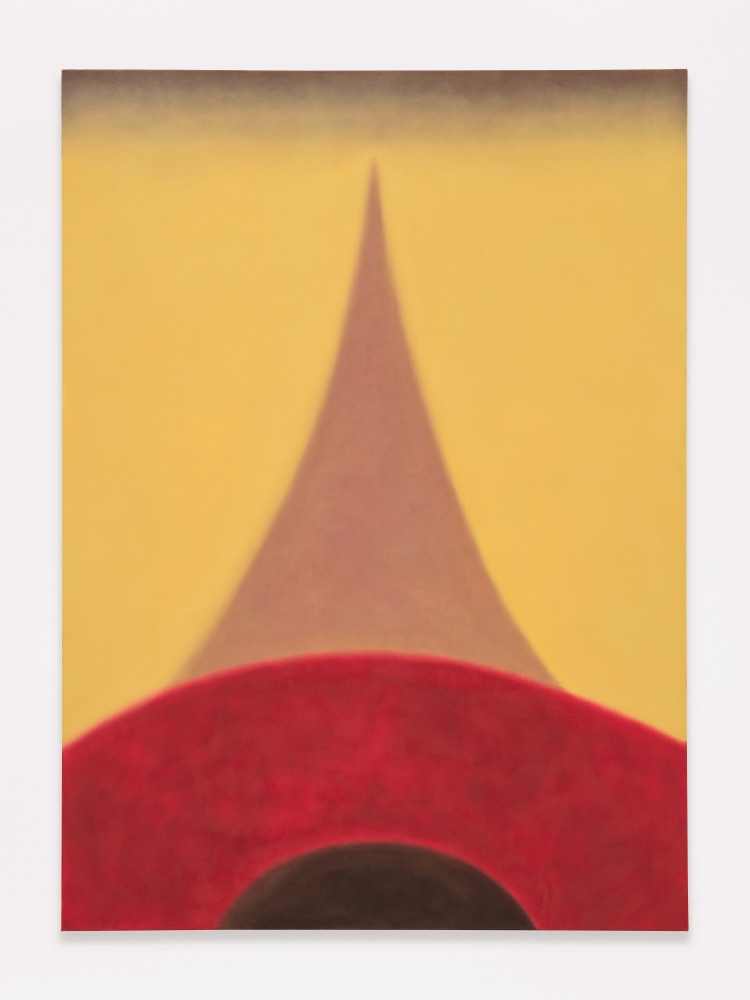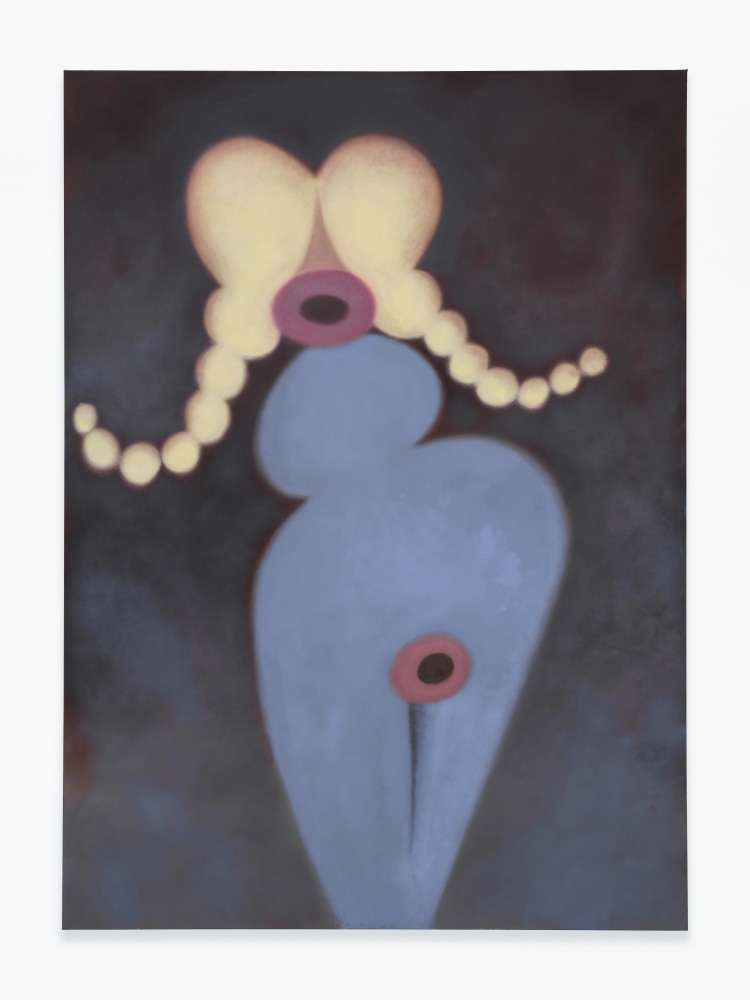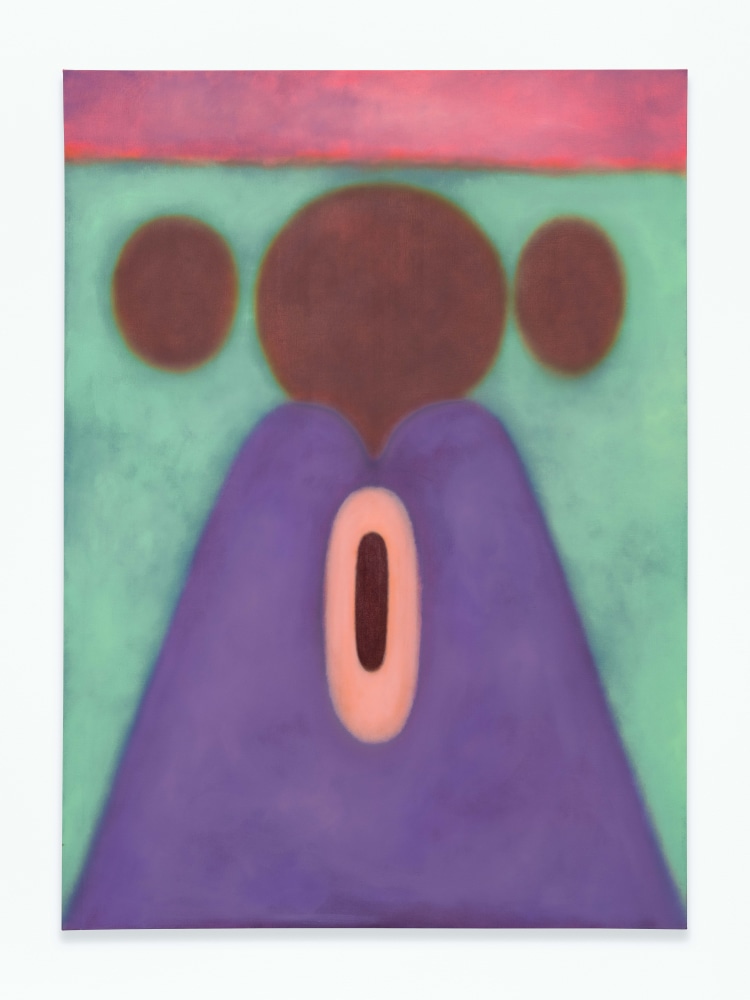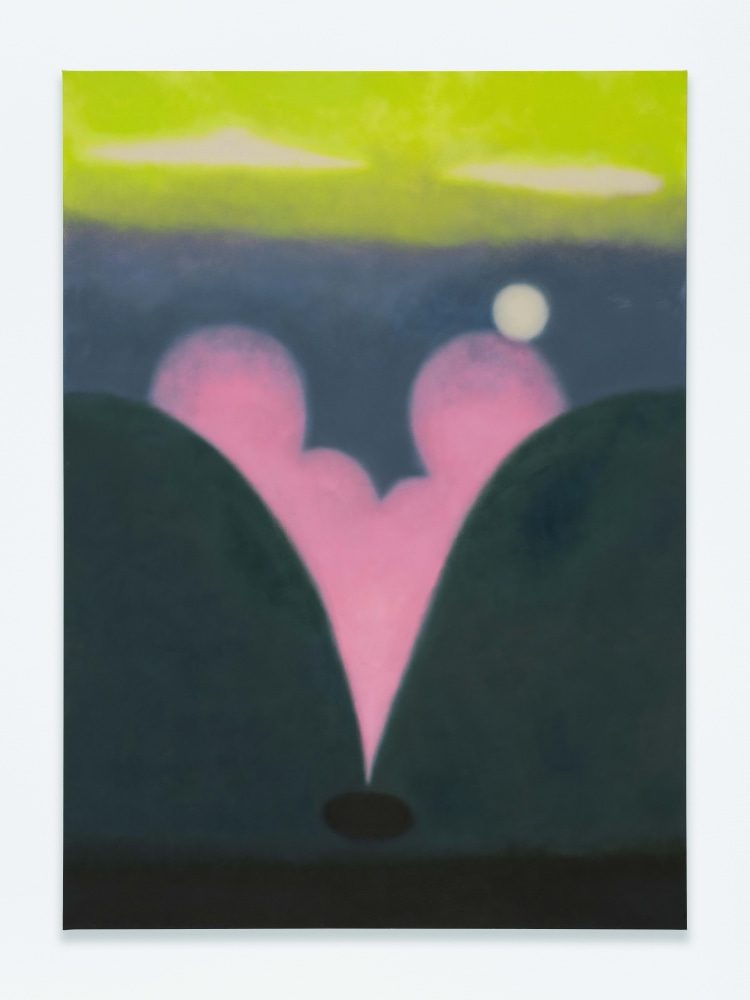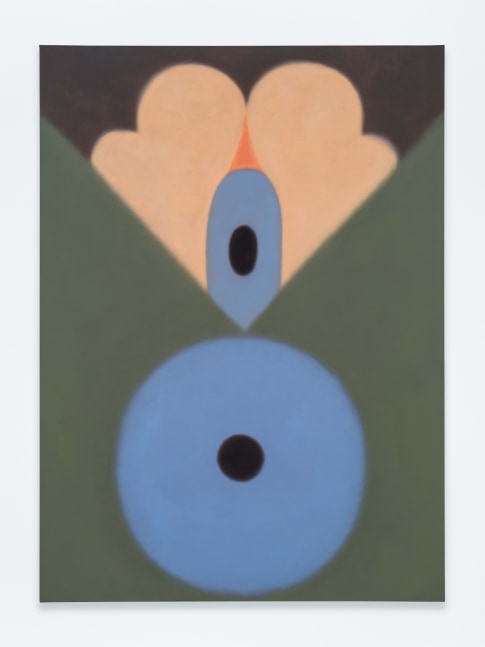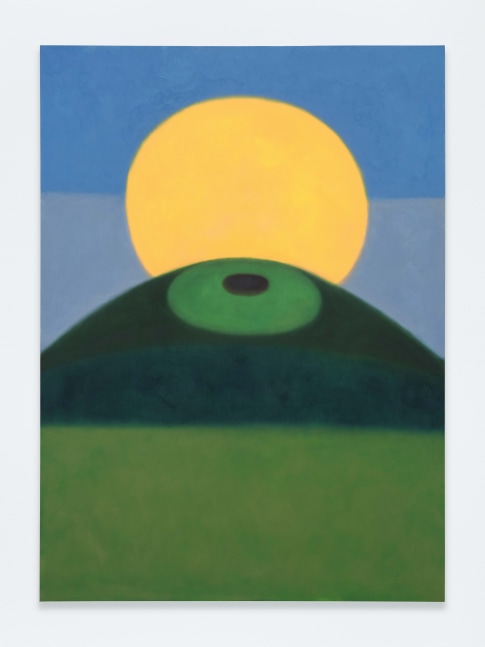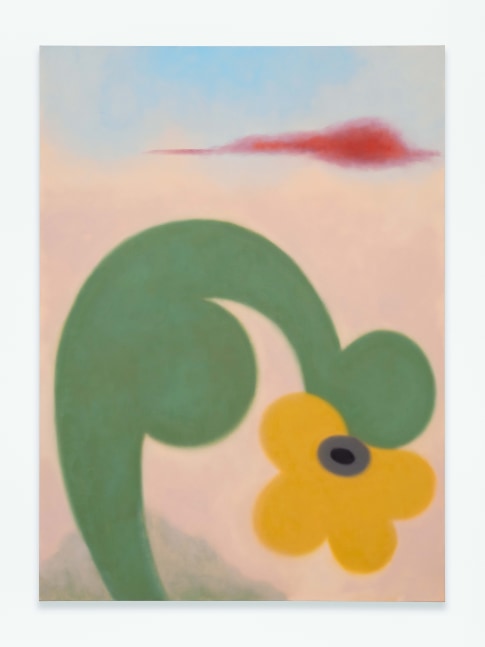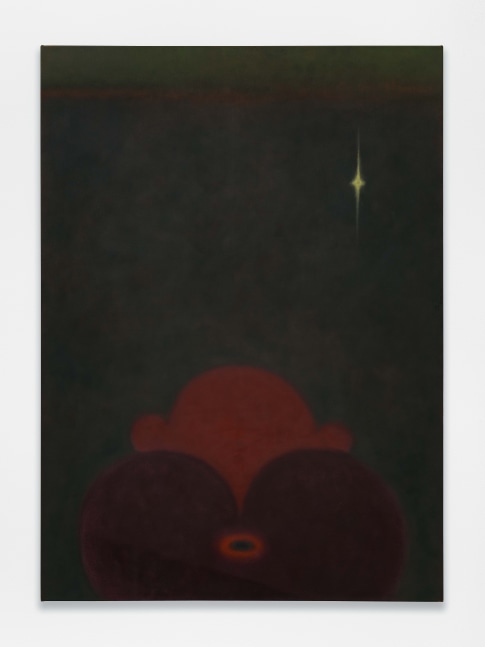Carlye Packer is proud to present This Grass is Green, Los Angeles-based artist Samala Meza’s first solo exhibition with the gallery. The exhibition takes place at Sidecar, opening Friday, May 23rd from 6 to 8 pm, This Grass is Green will be on view through Saturday, June 28th.
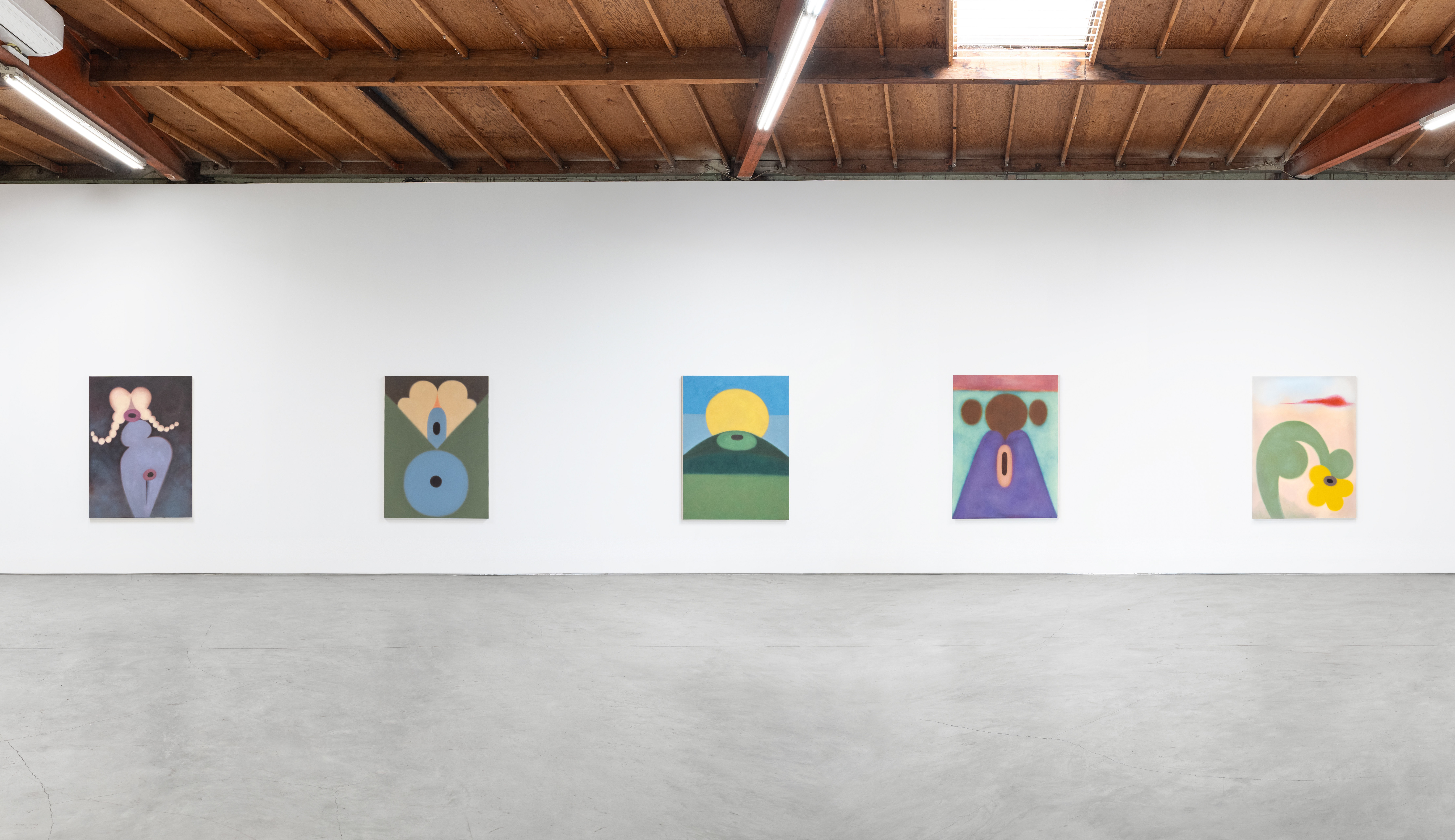
Samala Meza, This Grass is Green, installation view, 2025
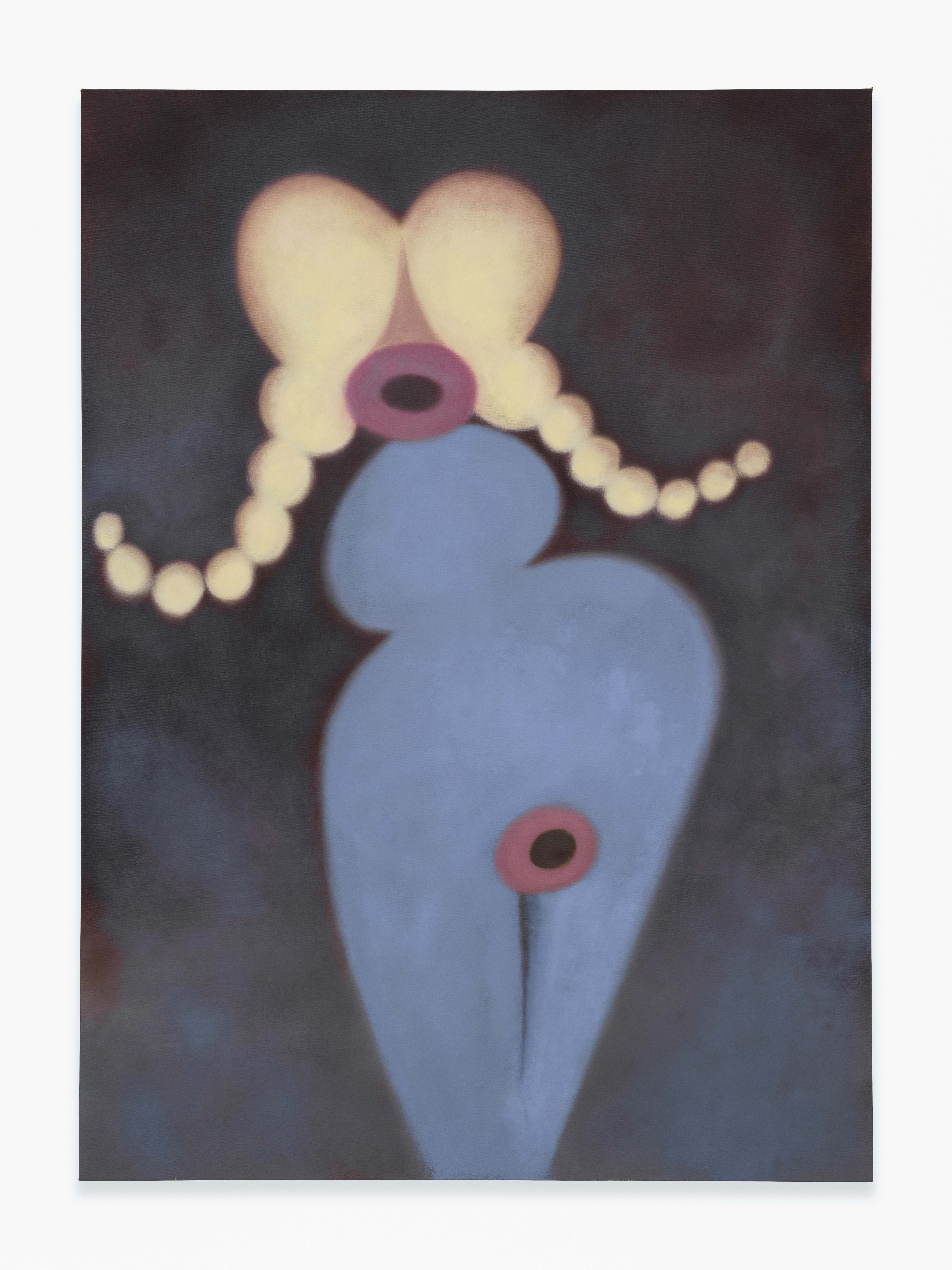
Samala Meza, Wall Doll (Teacup), 2025
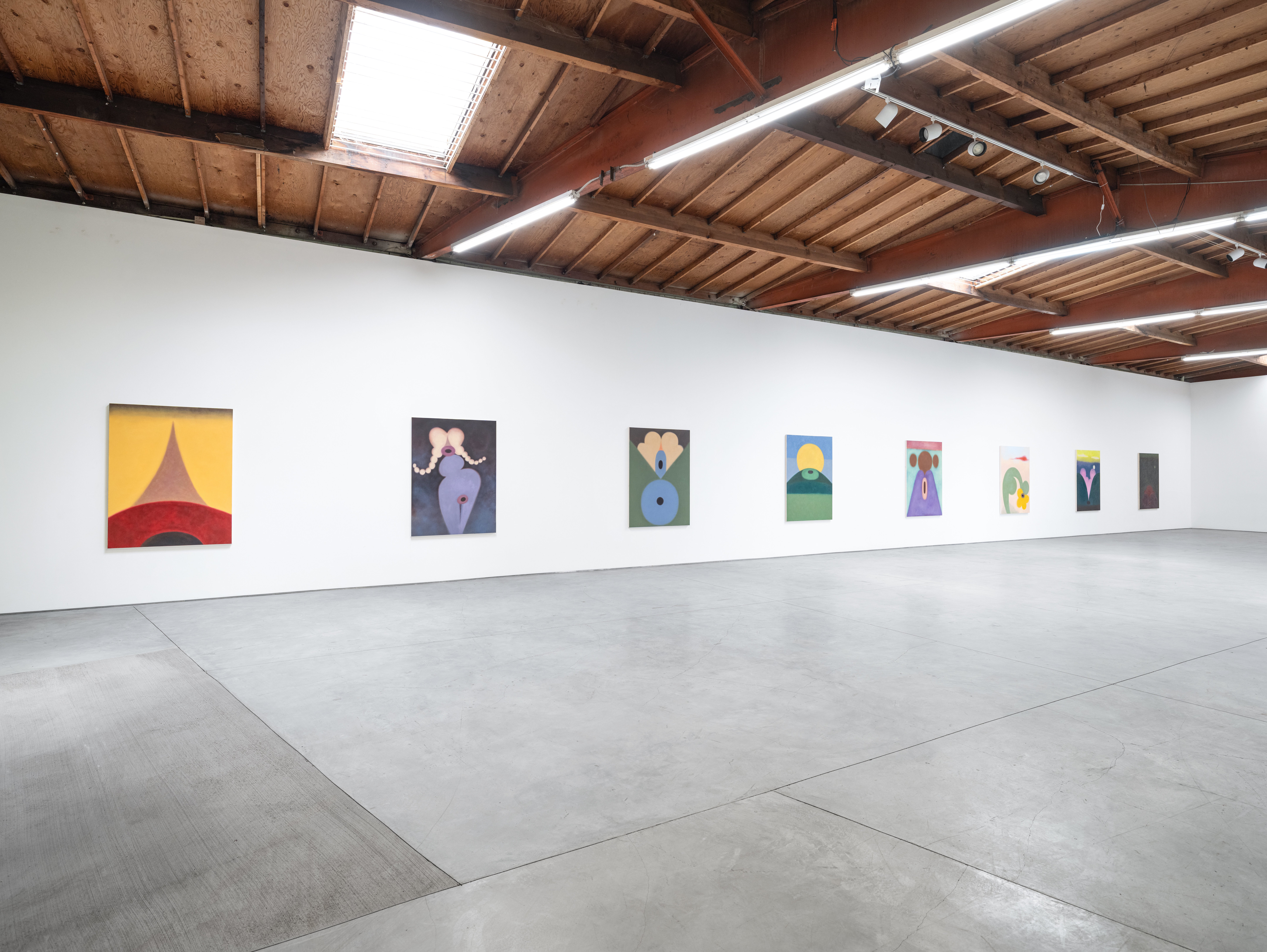
Samala Meza, This Grass is Green, installation view, 2025
Meza’s new body of work presents color field paintings that approach femininity as a formal code— flattened, stylized, and distributed across the surface. Using softly-rendered shapes and carefully repeated visual motifs, Meza creates a language of erotic abstraction: diagrams that suggest exposure without revealing, that invite desire without naming.
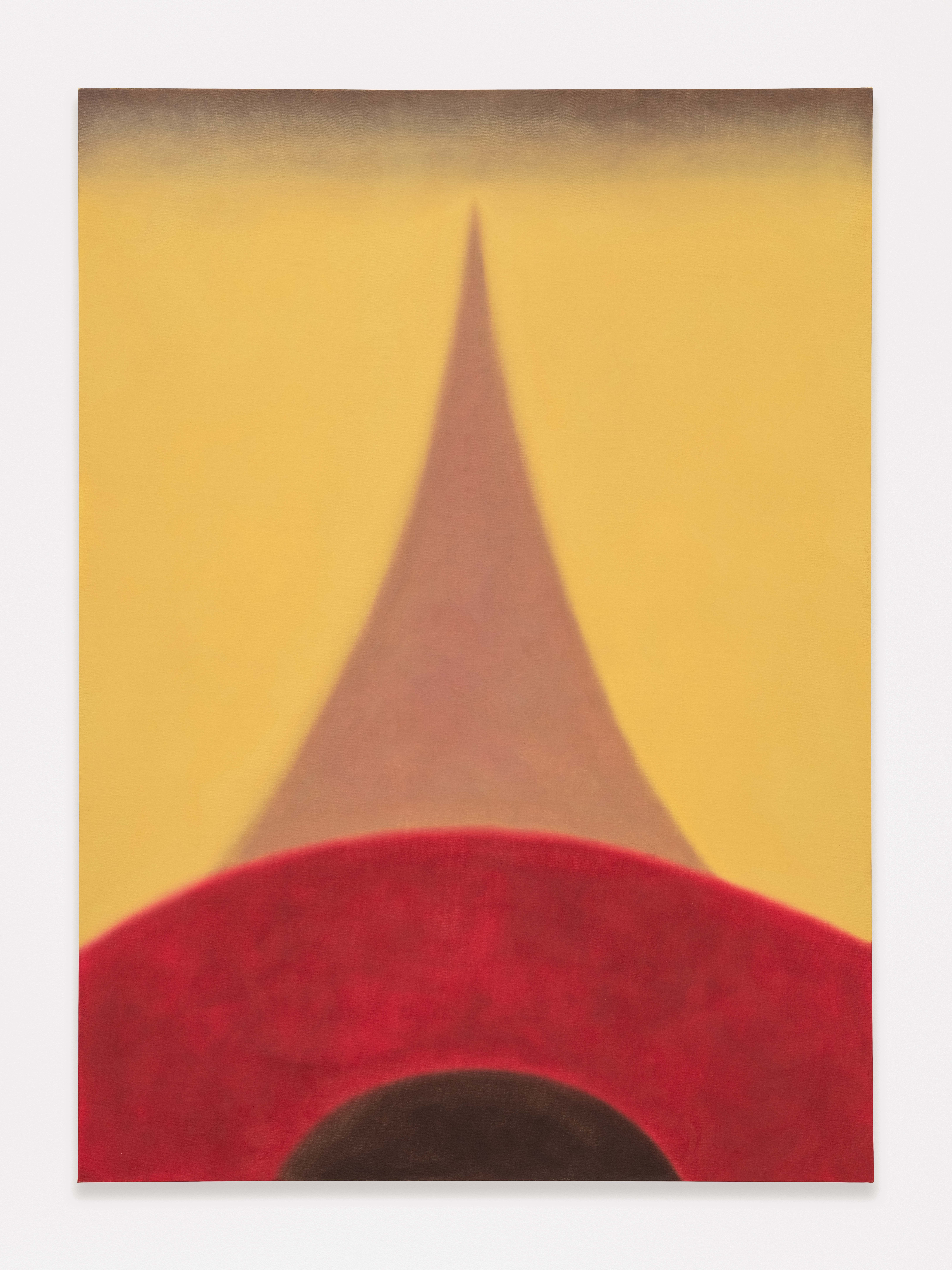
Samala Meza, Wall Doll (Grown Out), 2025
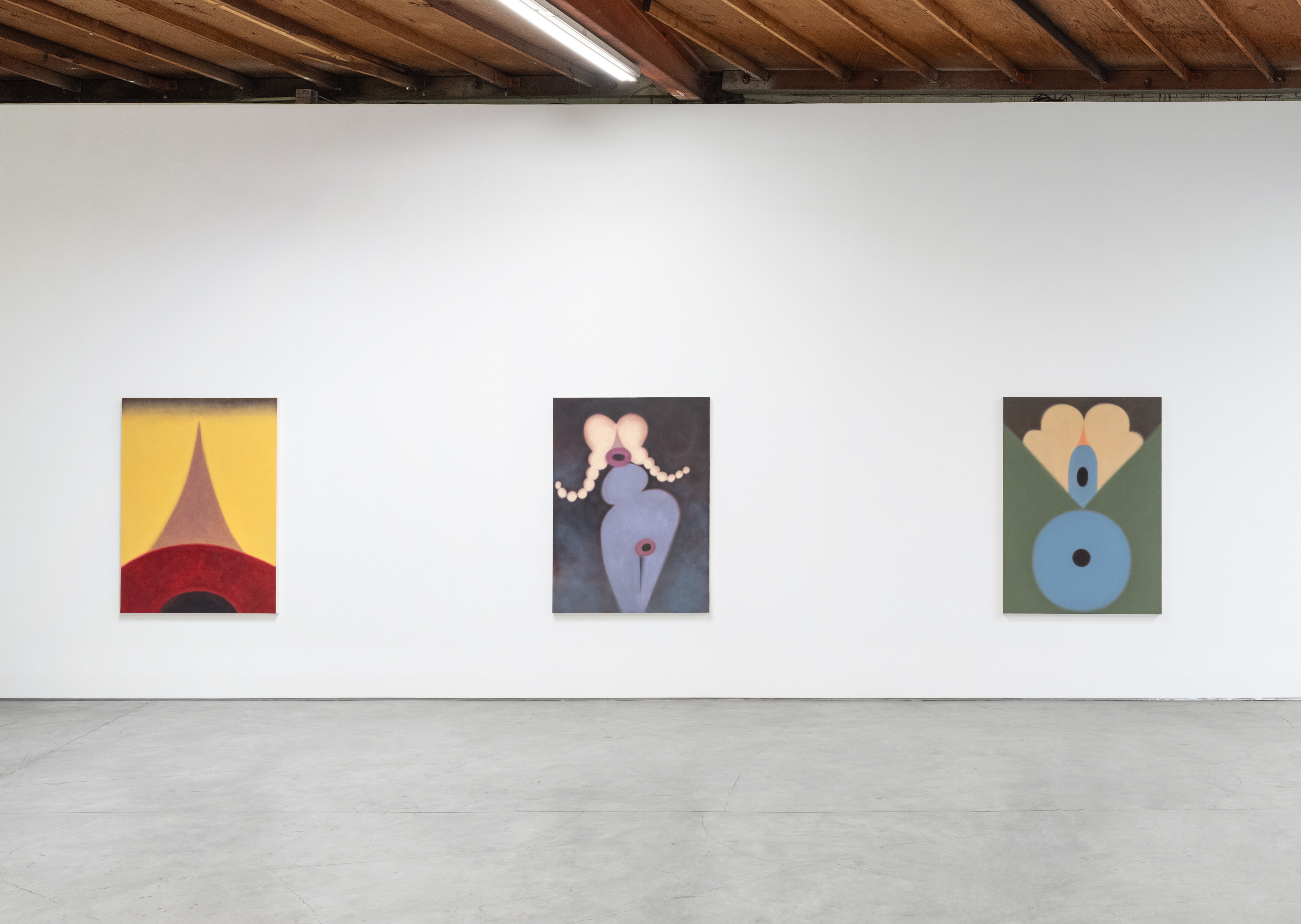
Samala Meza, This Grass is Green, installation view, 2025
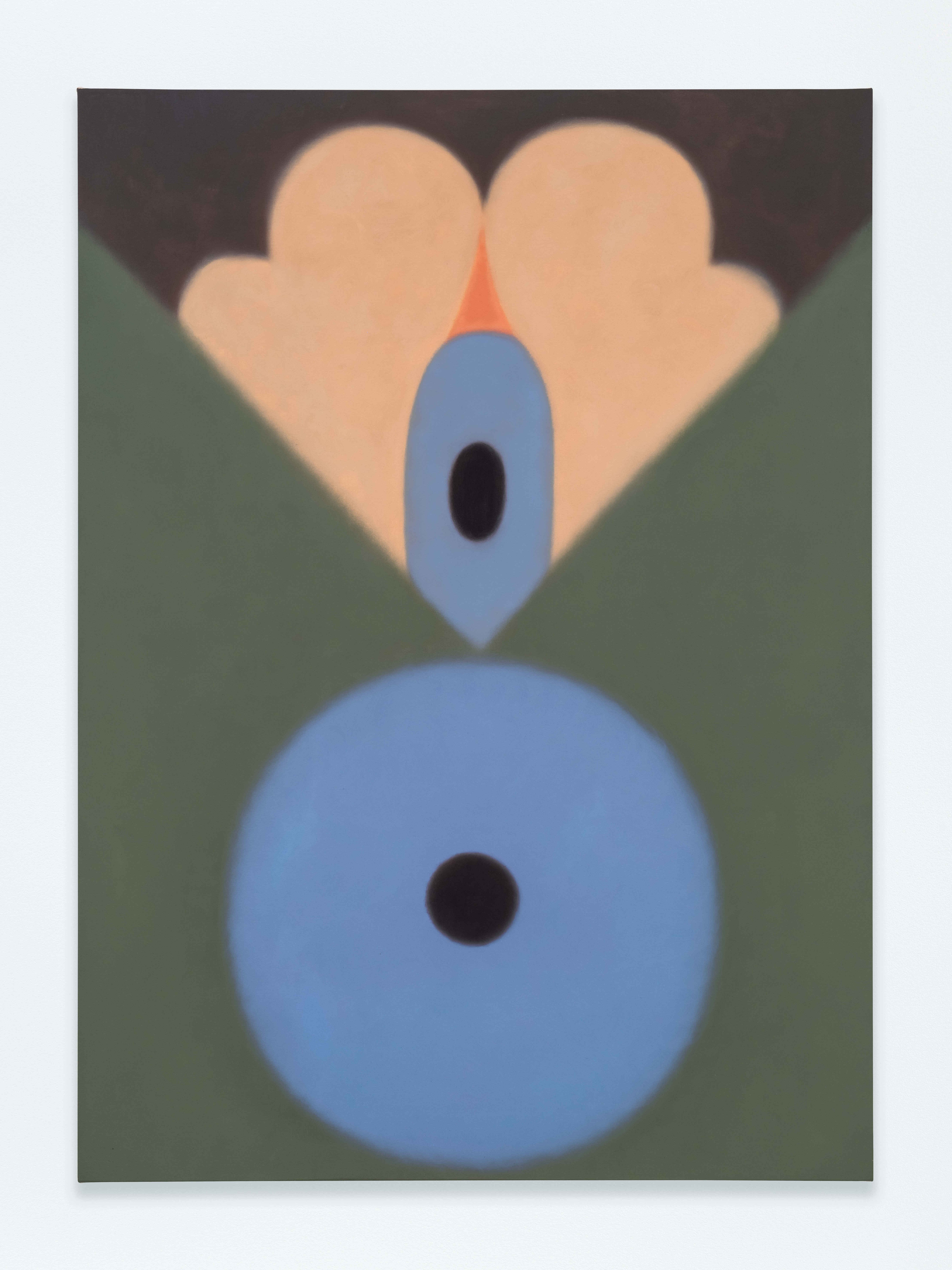
Samala Meza, Wall Doll (Shampoo), 2025
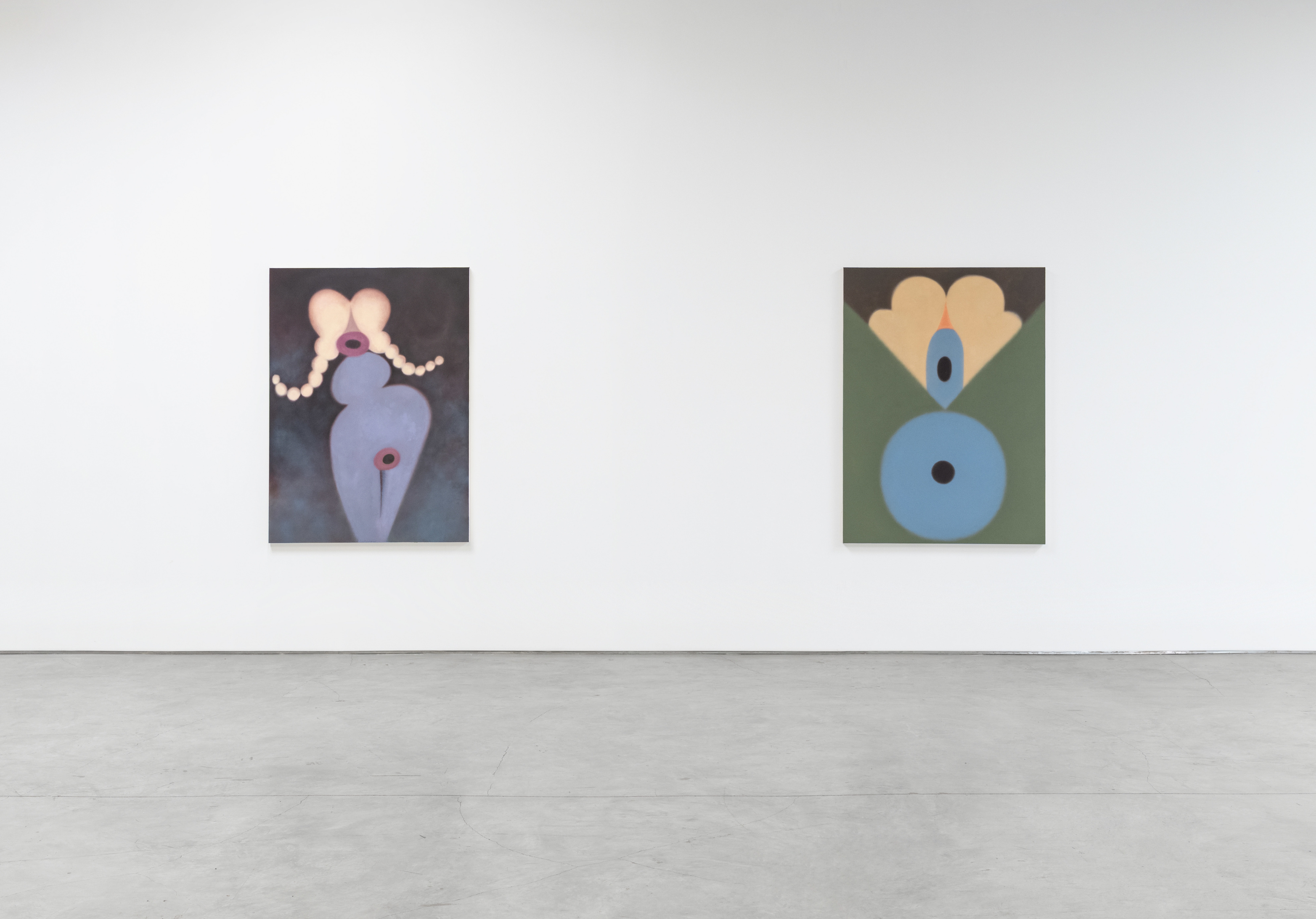
Samala Meza, This Grass is Green, installation view, 2025
The works recall a visual economy pulled from logos, advertisements, and public signage. Centralized voids and concentric forms nod to targets or icons, while their softened edges resist legibility. Here, abstraction does not obscure—it heightens. These are not portraits of women, but patterns about looking. The body appears not as figure, but as schema.

Samala Meza, This Grass is Green, installation view, 2025
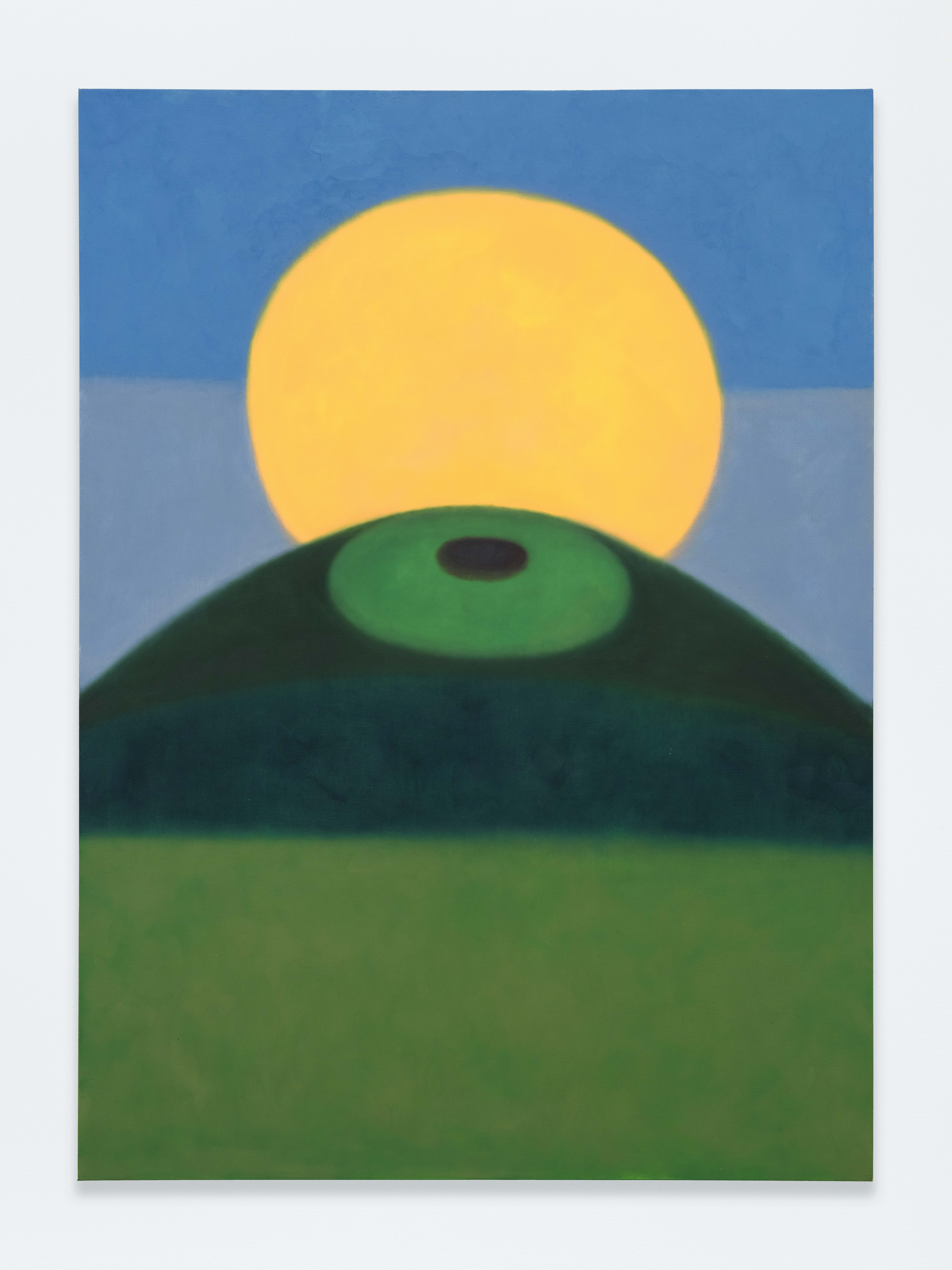
Samala Meza, During the Day, 2025

Samala Meza, During the Day, detail, 2025
While rooted in formal painting, Meza’s practice draws from a broader inquiry into the spatial politics of visibility, as articulated by Paul B. Preciado in Pornotopia: “Pornographic architecture does not hide; it exposes. It does not protect; it offers itself. It does not represent; it reproduces.”
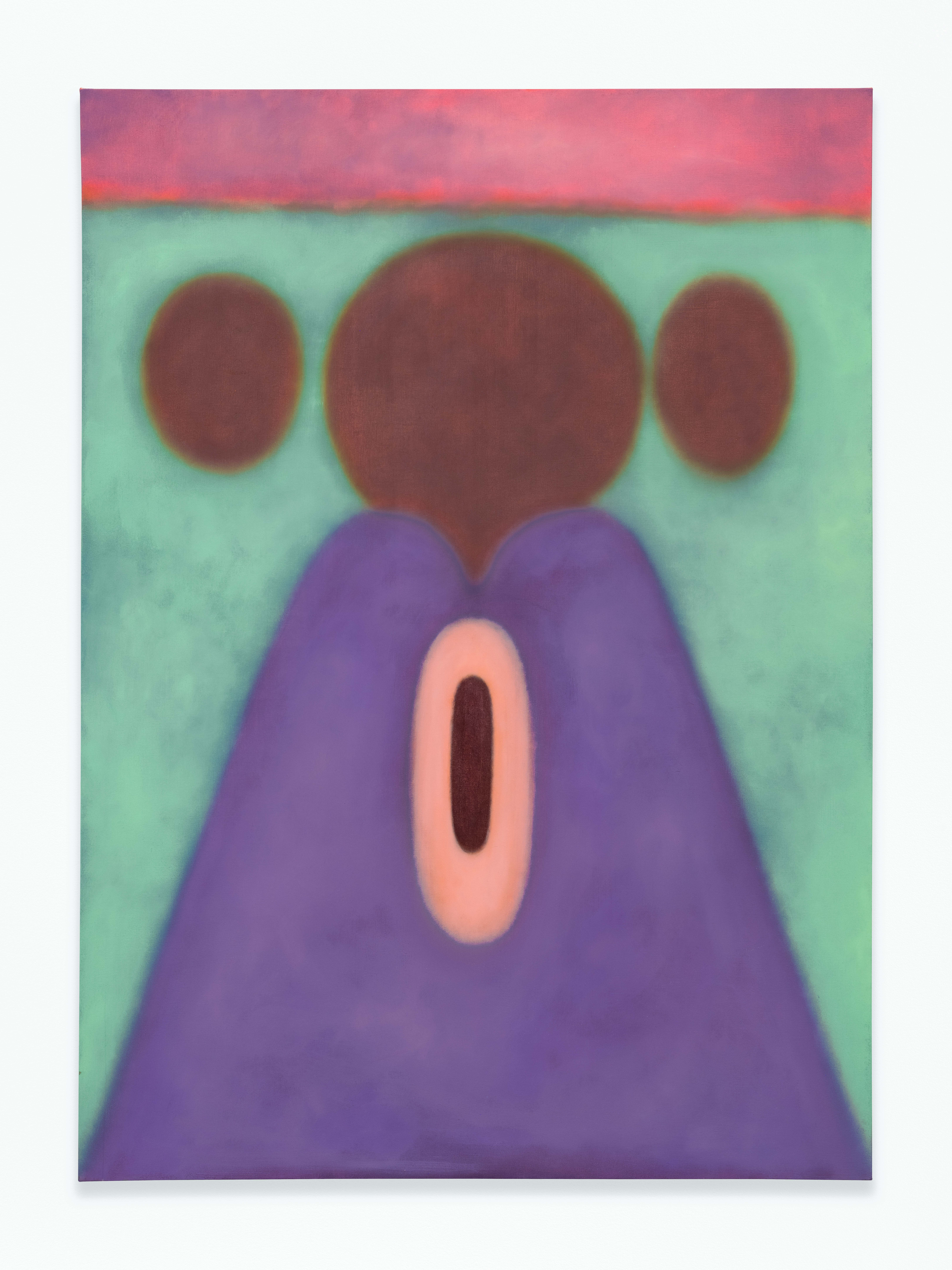
Samala Meza, Wall Doll (Rubber), 2025
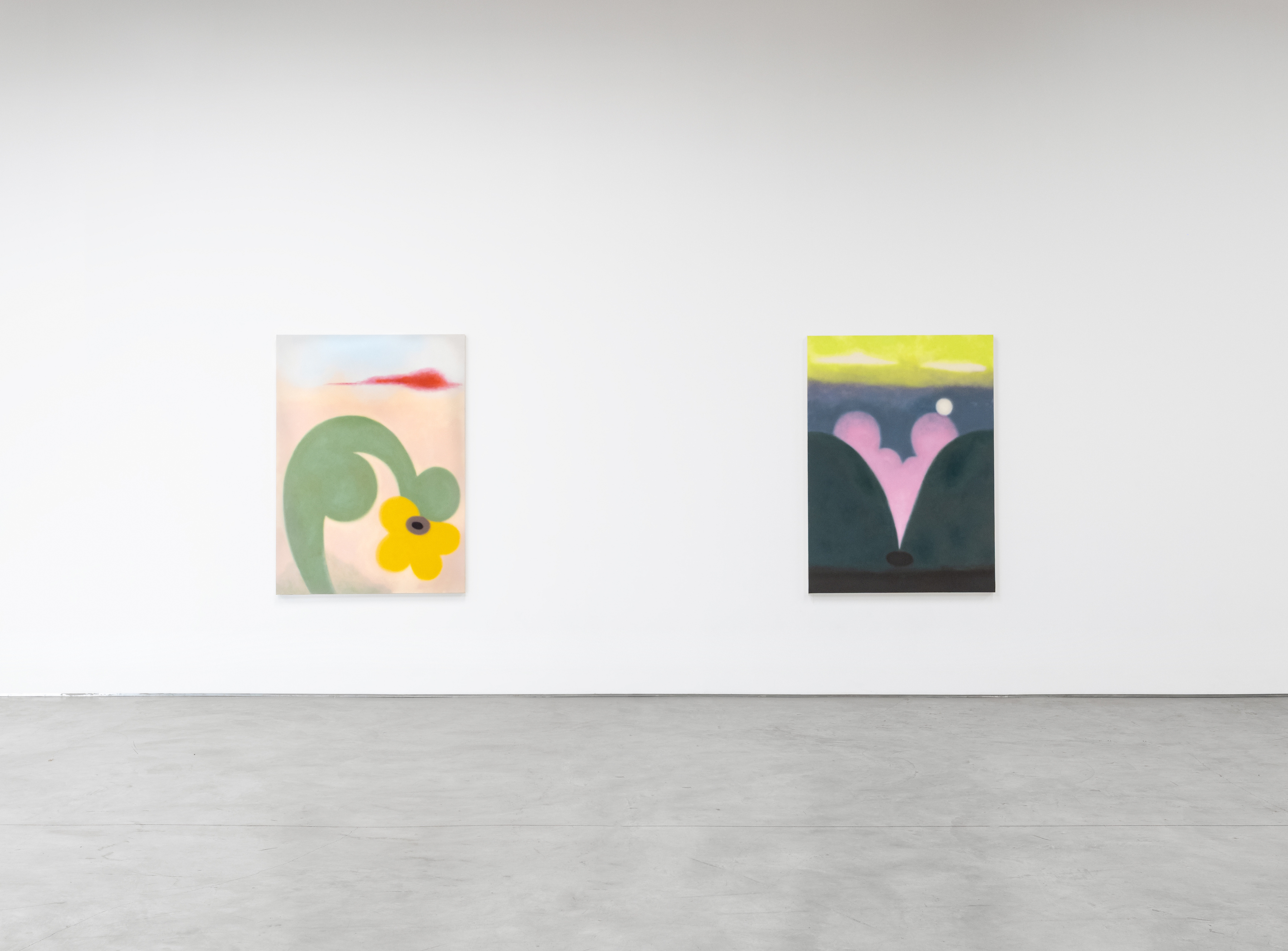
Samala Meza, During the Day, 2025
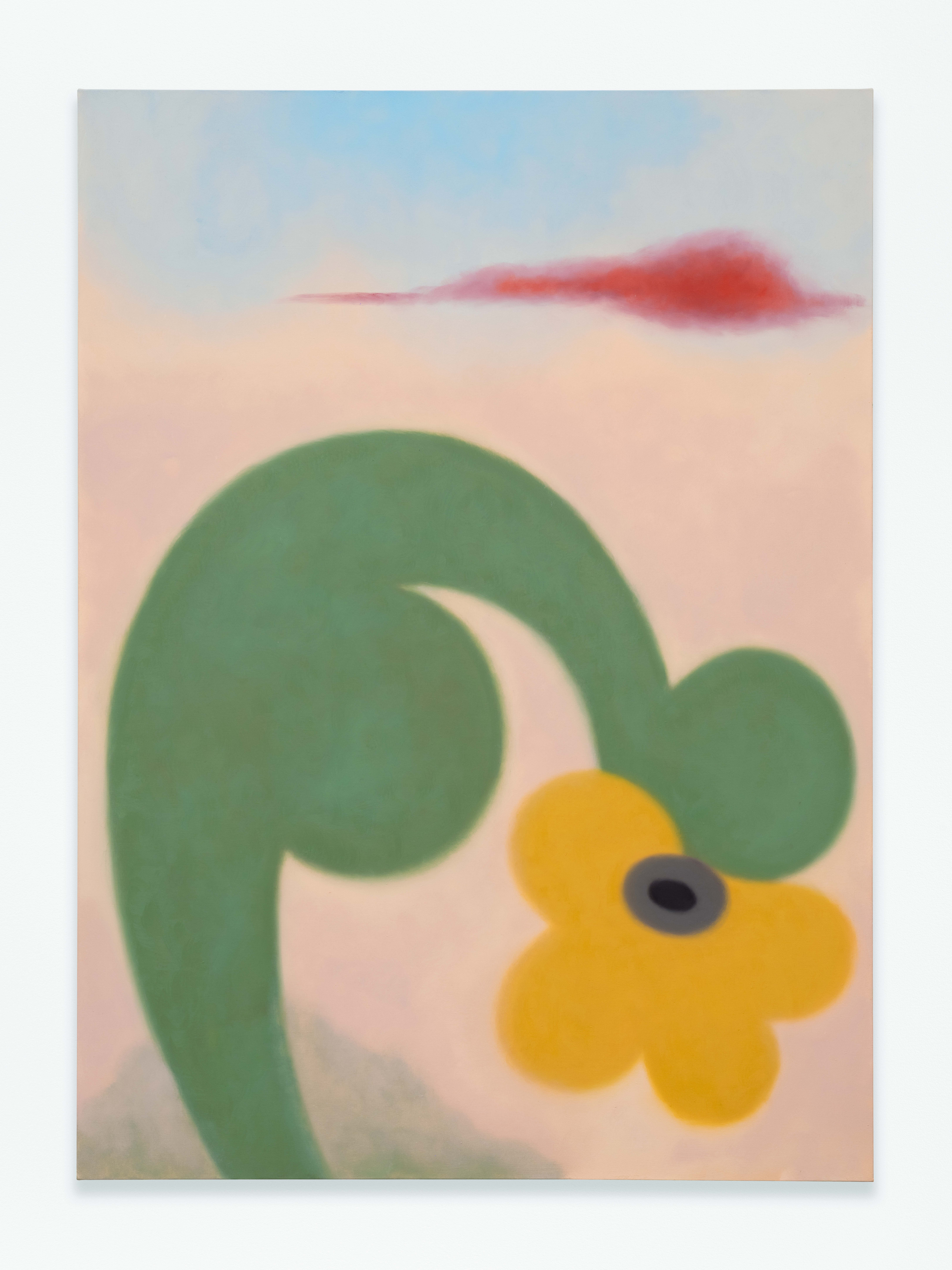
Samala Meza, Wall Doll (Cherry), 2025
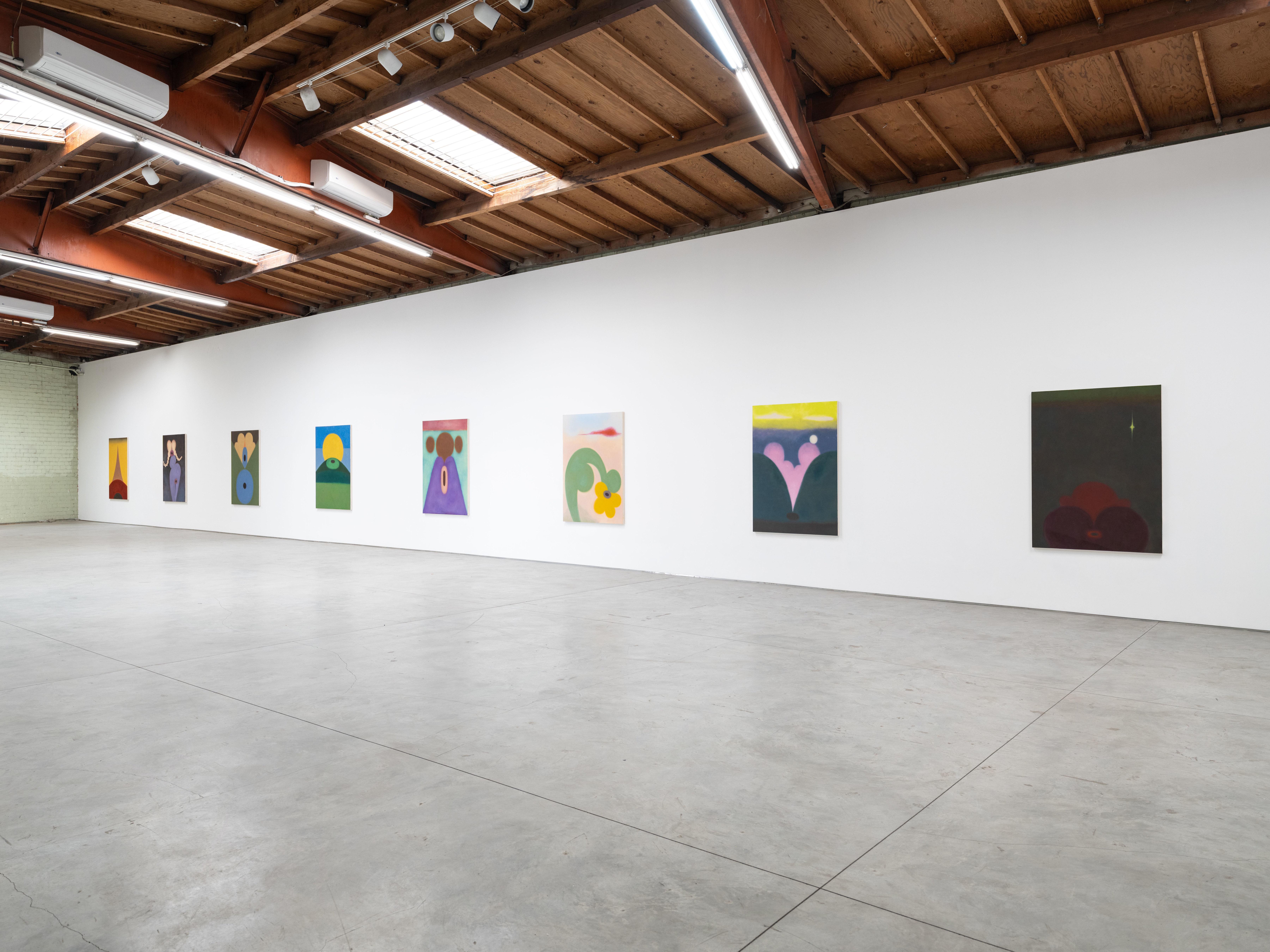
Samala Meza, This Grass is Green, installation view, 2025
Operating within that conceptual weather, Meza’s compositions do not depict so much as they circulate. Their softness is intentional, and strategic. It marks a boundary—between pleasure and performance, between desire and its staging. The works sit in the seductive space between critique and compulsion — they are satirical without irony, academic without insistence. Pleasure is taken seriously, and softness is a kind of strategy.
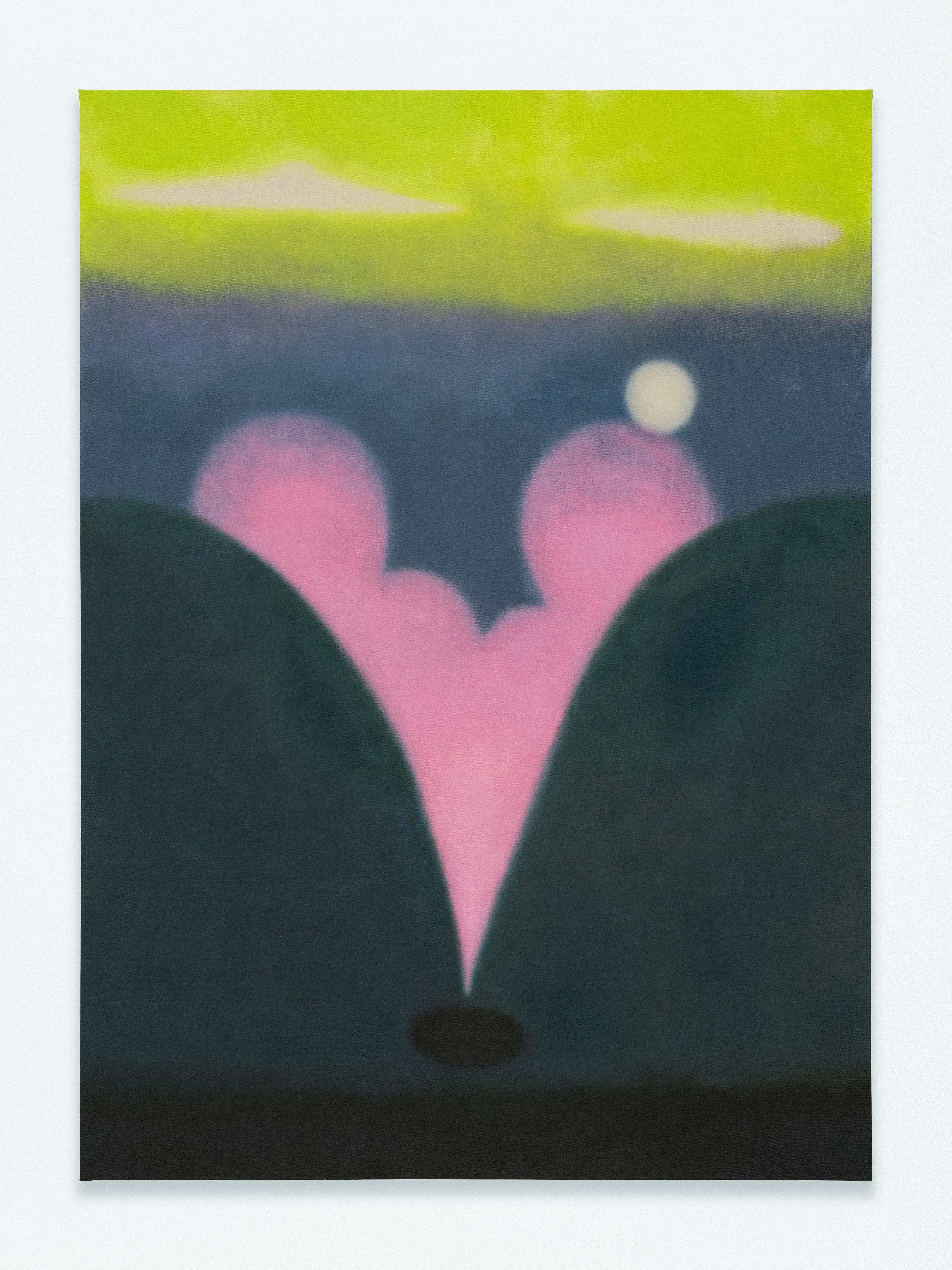
Samala Meza, Pink Landscape, 2025
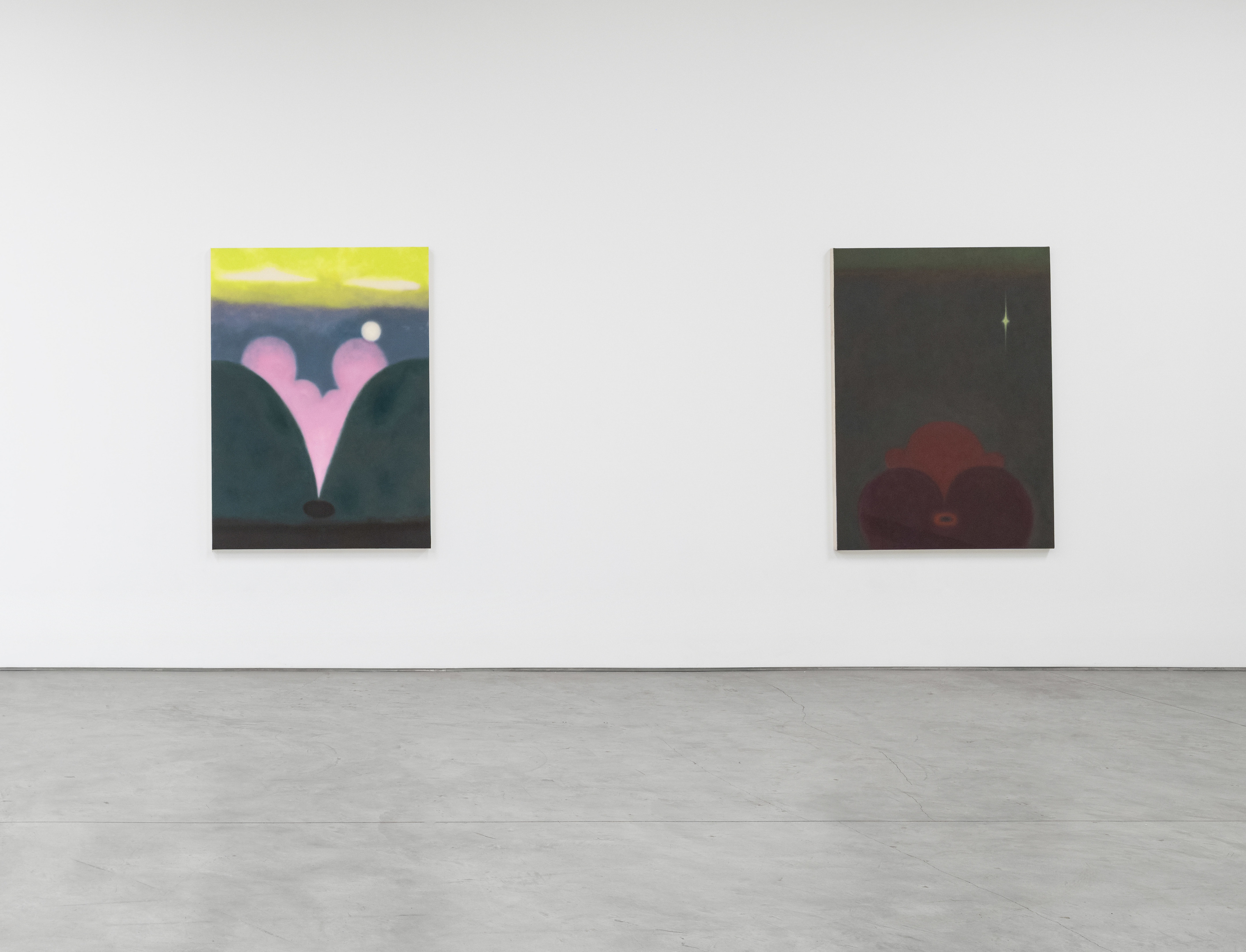
Samala Meza, This Grass is Green, installation view, 2025

Samala Meza, Wall Doll (Star), 2025
Samala Meza (b. 1996, Santa Rosa, CA) lives and works in Los Angeles, CA. She received a BFA from Otis College of Art and Design. Meza combines a formal interest in geometric abstraction with an emotional fixation on the female form. Influenced by the graphic sensibilities of artists like Herbert Bayer and Erberto Carboni, Meza returns to the color field with criticality. In her paintings, women are collaged together out of soft, hazy patches of paint, the figure becomes a pattern or outline for the artist’s hand to explore. Their apparent visual minimalism invokes advertisements, which rely on the suggestion of sex through color and composition to sell products. Contesting the political neutrality of modernism, Meza gestures towards the legacy of Helen Frankenthaler, and Mark Rothko, in her pursuit of images that can bear witness to the complexity and frag mentation of female experience. Meza’s work is currently on display at The Hole, Los Angeles, CA . Her work has been exhibited at the Saloon, Santa Cruz, CA; Bolsky Gallery, Los Angeles, CA; Aero Salon, Los Angeles, CA; New Low , Los Angeles, CA; K I A F, Seoul, Korea; and a three-person exhibition with Frances Stark at Carlye Packer, Los Angeles. Meza will have a solo exhibition at Sidecar (Night Gallery), Los Angeles, CA in the spring of 2025.

